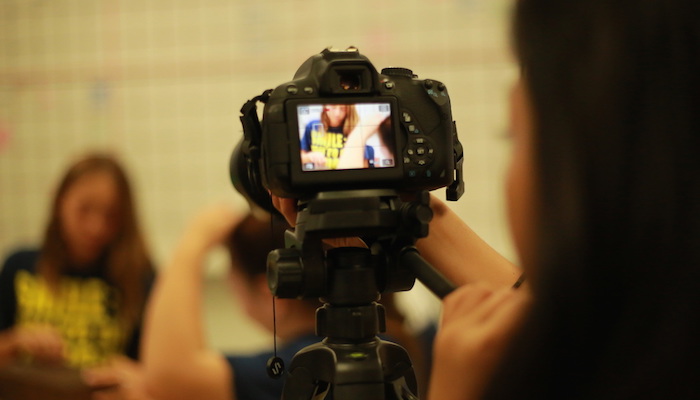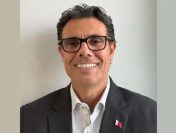B-roll is often mentioned, but how many PR professionals actually use it? Or importantly, how many actually know what it is? Well in short, B-roll can be the difference between clinching that slot on a TV or online channel or a journalist pressing the delete button on your pitch. It can often be the difference between trophy and mediocre coverage. But despite the opportunities it provides, B-roll is a considerably underused. And with TV coverage often considered the ‘holy grail’, it should play a vital role in your campaign planning.
Often overlooked, B-roll essentially consists of loosely edited footage captured to enrich a story you are telling. Far from being a polished piece of video content, its aim is to provide news broadcasters with a sequence of supplementary footage to support their news piece, and this could be anything from behind the scenes shots at an event, to technology being used in practice, to soundbites with key personnel. Captured to professional broadcast standards, the B-roll should help support the story you are telling. Ultimately, as you are in control of the content being filmed, it should also help to steer the message being delivered to broadcasters.
For time-pressed journalists, uttering the words ‘B-roll available’ during your phone pitch is a sure fire way to get their interest. And it works just as well for helping to secure online coverage as it does for TV. With countless press releases to sift through, showing that you have really thought about the story, and done the legwork in advance will help your story stand out from the crowd. Admittedly, it takes a bit of additional planning in advance, but the potential impact can be huge.
Wherever you go in the world, news teams are often working with limited resource and are constantly working against the clock to deliver their news items for the TV bulletins. The Middle East is no exception; they are not always able to dispatch a crew out to cover your story, particularly with deadlines to meet and travelling all around the Emirate to capture the desired footage. So it stands to reason that anything you can do to help, and to remove this barrier, is certainly going to be viewed favourably by the journalist you are pitching to.
The more legwork you do often means that you will be more likely to get your spokesperson on the TV. Ahead of the interview, the broadcaster’s production team can carefully select the footage to support the interview from the B-roll you have provided. Then they can cut between the footage and your spokesperson’s interview, creating the potential for a great interview, where your client is on TV and your own ‘on message’ Broll is being used. Of course, the added benefit is that there’s often more air time given to the story, simply because there is more content to use to entertain the viewer. It may have even influenced the decision process to take the interview in the first place. The result? Both client and media are happy: job done; you’ve got a delighted client, and you’ve forged a strong relationship with a key media contact that you can build on for future stories.
So, the next time you’re planning your PR campaigns and you’ve got a story to sell in, stop and think before you craft your pitch to the journalist. Think in pictures: what would I want to see if I was the end audience? What visuals can I provide? What filming could be done to illustrate this story? Producing some well-crafted B-roll could just be the ticket to delivering an impactful, engaging story.





